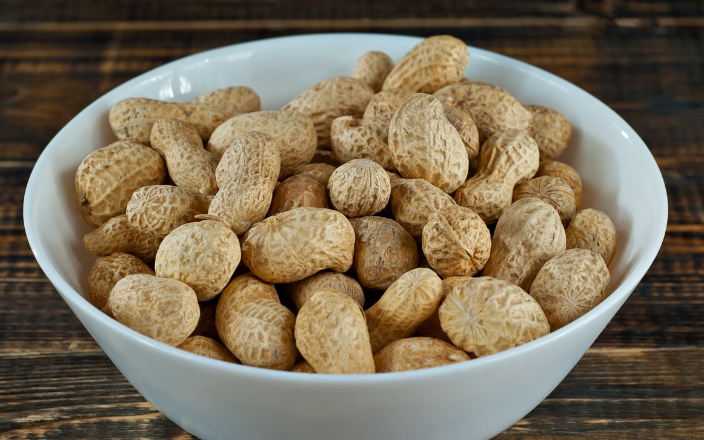Ondula Toomer, a chemist at the Agricultural Research Service in Raleigh, central North Carolina, asked an interesting question. “What do we do with the millions of discarded peanut skins that are generated during the process of turning peanuts into food for humans and animals?” Often relegated to landfill, these seemingly insignificant peels hold untapped nutritional potential.
A hidden treasure trove of nutrients
Despite its thinness, Peanut skins are rich in essential nutrients. Let’s take a closer look at the nutritional profile.
- protein: Contains proteins important for growth, repair, and overall health.
- carbohydrates: These skins provide energy through carbohydrates.
- fat: Although not abundant, the fat it contains contributes to its calorie content.
- fiber: Fiber helps digestion and promotes intestinal health.
- minerals and vitamins: Provides sufficient supply of essential minerals and vitamins required for various functions of the body.
But that’s not all. Peanut skins also contain bioactive compounds, contains antioxidants. These antioxidants help neutralize harmful free radicals in our body. Surprisingly, The antioxidant activity of peanut skins is comparable to that of green tea and grape skins.
Livestock nutrition
In the field of livestock nutrition, Researchers are studying the benefits of incorporating peanut skins into poultry diets. However, there is a catch. Peanut skins contain tannins, which can interfere with protein digestion. To address this, scientists are evaluating low levels (approximately 4%) to determine the optimal amount that can be safely added to animal feed.
Considering the growing awareness of peanut allergy, The researchers also investigated whether proteins found in peanut skins migrate into eggs and meat produced by poultry fed diets containing peanuts. So far, no allergy-causing proteins have been detected, giving consumers peace of mind.
Color and functional foods
Beyond livestock feed, Researchers are comparing the concentrations of bioactive compounds in peanut skins of different colors, from red and tan to brown, white, black, and variegated.. Each color may offer unique health benefits. By profiling the nutritional chemistry and properties of these peels, scientists aim to unlock their full potential.
win-win scenario
Ondula Toomer’s work is consistent with USDA’s broader mission to improve the productivity, processing, end-user quality, and nutritional value of peanuts as well as other crops. Transforming peanut skins from waste into a valuable resource creates a win-win scenario for producers, consumers and the environment.
The conclusion is The thin skin of peanuts hides more than meets the eye. This is a nutritional energy source that benefits both chickens and us, and is ripe for research.
Source: Available on request

